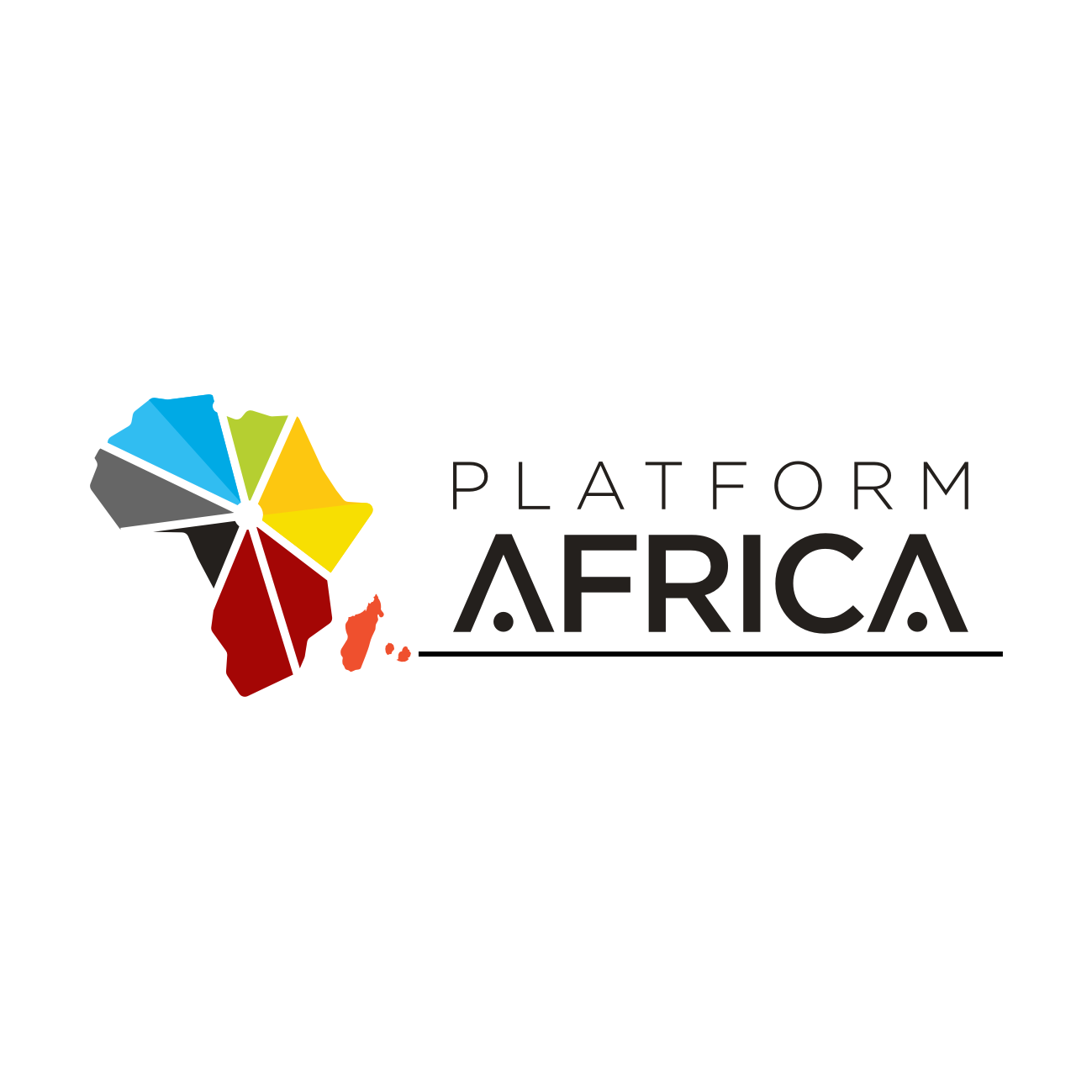By Shruti Menon Seeboo
The Brand Magic Summit 2025, set in the dynamic heart of Balaclava, Mauritius, is your destination for unlocking the secrets to impactful brand building. We are thrilled to introduce a speaker who is actively shaping the future of creative innovation through the strategic use of artificial intelligence: Richard Norton, the insightful Creative Technologist and Co-Founder of the groundbreaking creative collective, The Peeps, based in the United Kingdom.
Richard’s journey from a Junior Copywriter in 1994 to an influential Executive Creative Director showcases his deep understanding of traditional brand building. However, his forward-thinking approach led him to co-found The Peeps in 2018, a collective that is now pioneering the application of AI to revolutionise concept generation, brand identity, and creative differentiation for major clients like Deloitte, Papa Johns, the BBC, and the Royal Academy of Engineering.
At the Brand Magic Summit, Richard will be leading a MASTERCLASS: How to Combine the Latest Artificial Intelligence Tools to Create Magic for Brands. Drawing on his extensive experience and the cutting-edge work of The Peeps, Richard will provide invaluable insights into the practical application of AI to unlock unprecedented creative potential. Prepare to discover actionable strategies and learn how to harness the power of the latest AI tools to inject true magic into your brand-building efforts. This is a session you won’t want to miss if you’re looking to leverage the transformative power of AI in the creative landscape. Excerpts:
- Having witnessed the evolution of creative processes from traditional copywriting to AI-driven concept generation, what do you believe are the fundamental elements of “brand magic” that remain constant, regardless of the tools used?
While over time creative tools change, “brand magic” still boils down to a few timeless ingredients. First, a brand needs a clear purpose: think Patagonia’s commitment to the planet or Nike’s focus on human potential. Then there’s emotion. The best ads don’t just show products; they make you feel something. A distinctive voice matters too. Always stand apart from others. The classic zig while others zag.
Brands also need to stay culturally in tune, like how Dove tapped into real beauty conversations or how Spotify Wrapped became a social ritual. And finally, great brands tell a consistent story over time. AI can help with speed and ideas, but it can’t replace intuition, empathy, or taste. The best creative work, whether dreamed up by a copywriter or triggered by a tasty prompt, still needs a human spark to connect, surprise, and stick.
- The Peeps works with a diverse range of clients, from established corporations like Deloitte to creative powerhouses like the BBC. How do you tailor your AI-driven creative strategies to align with the unique identities and needs of such varied organisations, ensuring the “magic” resonates authentically with their audiences?
We don’t actually radically shift strategies from one client to the next. What ties everything together – whether we’re working with a hefty global name or a tiny start-up – is a shared belief in using creative technology, including AI, to make things that bring joy into the world. That might take the form of a video, an installation, a digital experience, or something unexpected we haven’t even imagined yet.
Clients come to us not just for tools, but for the spirit behind them. They want to make work that stands out, sparks emotion, and creates moments of delight. Whether it’s a bold experiment or a subtle touch of magic, we’re always asking: will this make people smile, feel something, or see the world a little differently? That’s the thread that runs through it all.
- While AI offers immense potential for efficiency and idea generation, the role of human creativity remains key. In your experience, what does the ideal relationship between human ingenuity and artificial intelligence look like in creating truly impactful and “magical” brand experiences? Where does the irreplaceable human element lie?
We describe the relationship between human creativity and AI as “The AI Burger”. It’s a simple way to explain how we see the process working. The top bun is human imagination. That’s where the ideas come from: the intent, the emotion, the story we want to tell. In the middle, you’ve got the AI. That’s the tools, workflows, and models that help us explore new directions, generate options, or break through creative blocks.
Then the bottom bun is human curation. That means deciding what works, what feels right, and what will genuinely connect with people.
AI brings speed, variety, choice and surprise. But the magic still relies on human instinct.
A machine can remix culture, but it can’t read the room or sense the moment. That’s where we come in. We shape, refine, and make sure what we put into the world actually matters. The tools evolve; the touch remains human.
- Your presentation explores the power of combining various AI tools. Could you elaborate on the synergy created through the strategic integration of different AI applications (e.g. for concept development, visual identity, and brand differentiation)? Have you discovered any particularly potent or unexpected combinations at The Peeps?
We’re big on workflows – pipelines, processes, whatever you want to call them. The truth is, it’s very rare to create anything truly meaningful using just one generative AI tool in isolation. The real power comes from combining tools in unexpected ways, experimenting with different inputs and outputs, and seeing how they play off each other.
But it’s not just about stacking tools. It’s about knowing when to stop and ask, is this actually the idea, the aesthetic, the emotional hit we’re looking for? That’s where curation comes in. AI can get you to a hundred possibilities incredibly fast – but choosing the right one – the one that lands – is still a human decision.
As for the tools themselves, they’re constantly changing. Something new drops almost every hour, so part of the challenge is simply keeping up. That said, there are a few we use a lot. We build lots of custom GPTs for tailored tasks, use MidJourney for visual exploration, Runway for video, and tools like Firefly, Freepik, Hey Gen!, Sora, Akool and ElevenLabs for everything from image generation to voice and more niche experiments. And we spend a fair amount of time training our own models.
It’s less about having the flashiest tech and more about knowing what each tool is good at – and then stitching them together in a way that supports the creative vision. That’s where synergy happens. Not in the tools themselves, but in how we use them to make something that connects.
- As AI technology evolves rapidly, the creative landscape is constantly shifting. What are some exciting or underutilised AI tools or trends that hold strong potential for creating “brand magic” beyond 2025? What should brands be paying attention to now?
Gen AI is moving wildly fast, but the most exciting tools aren’t always the loudest ones. Often, it’s the ones that quietly open up new creative possibilities that hold the most potential.
One area that feels massively underused is generative audio and voice. We’re starting to see tools that can create rich, characterful soundscapes or even branded voices that feel emotional and alive. That’s a huge opportunity for experiences that go beyond the screen: in physical spaces, installations, or interactive content.
Another big one is co-creation. AI is making it easier for audiences to play an active role in shaping creative output – whether that’s remixing a campaign, contributing visuals, or helping steer a narrative. It’s not about handing over the reins, it’s about inviting people into the creative process in a way that feels joyful and engaging.
The real shift is this: don’t think of AI as a means to do things faster; rather think of it as a way to do things differently. Brands that embrace that mindset – with curiosity and a bit of playfulness – are the ones that will consistently create magical work beyond 2025.
- Mauritius presents a unique and culturally rich market. What specific opportunities do you see for Mauritian brands to use AI tools to create distinctive and culturally resonant brand experiences – both locally and internationally? Are there any cultural nuances you feel AI could help navigate or amplify?
While I’m no expert on Mauritius, it’s clear your island has something supremely special: a blend of languages, traditions, and creative expressions that few places can match. That depth offers real potential for local brands using AI.
Tools like generative AI can help create content in multiple languages, allowing brands to connect more personally with different communities. It can also help reimagine local visual traditions in fresh, striking ways, whether in design, fashion, or storytelling. Of course, the tech only works well when guided by people who truly understand the culture.
In short, Mauritius doesn’t need to mimic global trends. With AI as a tool/collaborator and cultural insight as the guide, local brands can build something distinct, joyful, and unmistakably Mauritian, both at home and on the world stage.
- Drawing from your experience in both traditional advertising and AI-driven creativity, what advice would you offer established brands that may be hesitant to embrace AI? Conversely, what is one opportunity you see for newer brands to build their identity with AI as a core element?
For established brands, my advice is: don’t panic, but don’t dither either. You don’t need to reinvent your whole process. Start small – maybe use AI to help with internal copy drafts or generate creative directions for a pitch. The key is to use it, but stay in control of the taste, the tone, the emotion. Think of it as a creative tool, not a creative replacement.
What I’d say, though, and this bit really matters, is that most of the hype around AI is focused on automating stuff people already do. And, honestly, a lot of that output isn’t great to begin with. For me the real opportunity, the exciting one, is using AI to make new things. New formats, new types of experiences, new ways to move people, surprise them, elicit feelings of joy or connection within them. That’s where the magic is.
For newer brands, that’s the real gift. You’re not bound by old systems or habits. You can build with AI as part of your creative core – agile, expressive, emotional – and carve out something truly different from the start.




